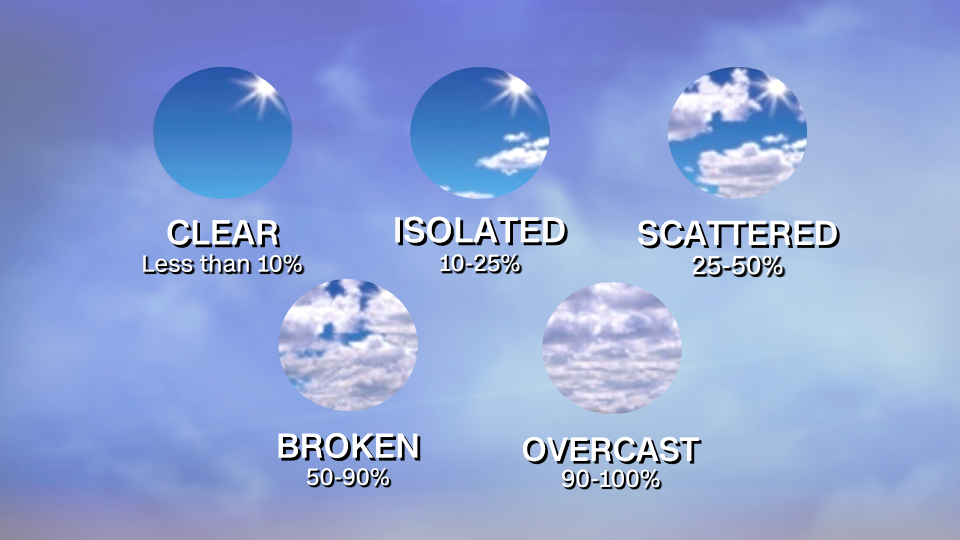Excited eclipse watchers are eagerly anticipating the upcoming astronomical phenomenon, but weather conditions could potentially impact visibility in certain parts of the Southwest. Clouds and storms may hinder the ability to see the eclipse in its full glory along the path of totality, where the moon will completely block out the sun. The most ideal weather for viewing the eclipse is expected in areas from Vermont through Maine, as well as Missouri through southern Indiana, with only isolated clouds anticipated. Locations such as Evansville, Ind.; Carbondale, Ill.; Burlington, Vt.; and Caribou, Maine are expected to have optimal eclipse viewing conditions. However, areas like parts of the eastern Great Lakes and much of Texas may experience less-than-ideal weather conditions.
Cities such as Cleveland, Ohio, and Erie, Penn., may see rain in the morning with scattered cloud cover lingering throughout the day. The extent of cloud cover will depend on the movement of a warm front advancing eastward. In Buffalo and Rochester, New York, mostly cloudy to overcast conditions are expected, significantly limiting eclipse visibility. Southern cities, including those in the path of totality across Texas, Oklahoma, Arkansas, and Louisiana, face the additional threat of severe storms. Dallas, Texas, in particular, is at a Level 3 out of 5 risk for severe weather, potentially affecting thousands of eclipse viewers.
The National Weather Service in Dallas is forecasting mostly cloudy skies and scattered storms during the eclipse, with severe weather expected to move into the region afterward. The main threats associated with this system are tornadoes, damaging winds, and large hail, according to the Storm Prediction Center. Although clouds may hinder optimal viewing in Texas, they do not completely inhibit the experience. Different types of clouds may obscure different aspects of the sun, but viewers in the path of totality will still experience total darkness. A total of 32 million people in the US are located within the eclipse’s path of totality, where they will have the opportunity to witness this rare celestial event.
Viewers will first witness a partial eclipse, where the moon appears to take a “bite” out of the sun, lasting between 70 and 80 minutes. The total solar eclipse, lasting between 3 and 4 minutes for viewers directly in the path of totality, will provide a unique opportunity to see the sun’s corona, its ultra-hot outer atmosphere emitting a glow around the moon. Another total solar eclipse visible across the contiguous US will not occur again until August 2044, making this event a rare and exciting opportunity for viewers. Despite potential weather complications, eclipse watchers are eagerly preparing their eclipse glasses and making plans to witness this cosmic marvel.


